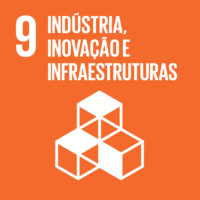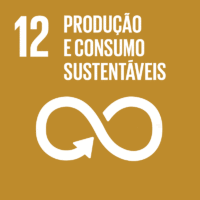Ciência_Iscte
Publicações
Descrição Detalhada da Publicação
Implementations, interpretative malleability, value-ladenness and the moral significance of agent-based social simulations
Título Revista
AI and Society
Ano (publicação definitiva)
2023
Língua
Inglês
País
Suíça
Mais Informação
Web of Science®
Scopus
Google Scholar
Esta publicação não está indexada no Overton
Abstract/Resumo
The focus of social simulation on representing the social world calls for an investigation of whether its implementations are inherently value-laden. In this article, I investigate what kind of thing implementation is in social simulation and consider the extent to which it has moral significance. When the purpose of a computational artefact is simulating human institutions, designers with different value judgements may have rational reasons for developing different implementations. I provide three arguments to show that different implementations amount to taking moral stands via the artefact. First, the meaning of a social simulation is not homogeneous among its users, which indicates that simulations have high interpretive malleability. I place malleability as the condition of simulation to be a metaphorical vehicle for representing the social world, allowing for different value judgements about the institutional world that the artefact is expected to simulate. Second, simulating the social world involves distinguishing between malfunction of the artefact and representation gaps, which reflect the role of meaning in simulating the social world and how meaning may or not remain coherent among the models that constitute a single implementation. Third, social simulations are akin to Kroes’ (2012) techno-symbolic artefacts, in which the artefact’s effectiveness relative to a purpose hinges not only on the functional effectiveness of the artefact’s structure, but also on the artefact’s meaning. Meaning, not just technical function, makes implementations morally appraisable relative to a purpose. I investigate Schelling’s model of ethnic residential segregation as an example, in which different implementations amount to taking different moral stands via the artefact.
Agradecimentos/Acknowledgements
--
Palavras-chave
Social simulation,Interpretative malleability,Representation gaps,Misrepresentations,Techno-symbolic artifacts,Ethics
Classificação Fields of Science and Technology
- Ciências da Computação e da Informação - Ciências Naturais
- Filosofia, Ética e Religião - Humanidades
Registos de financiamentos
| Referência de financiamento | Entidade Financiadora |
|---|---|
| SFRH/BSAB/114462/2016 | Fundação para a Ciência e a Tecnologia |
| UIDB/03127/2020 | Fundação para a Ciência e a Tecnologia |
Contribuições para os Objetivos do Desenvolvimento Sustentável das Nações Unidas
Com o objetivo de aumentar a investigação direcionada para o cumprimento dos Objetivos do Desenvolvimento Sustentável para 2030 das Nações Unidas, é disponibilizada no Ciência_Iscte a possibilidade de associação, quando aplicável, dos artigos científicos aos Objetivos do Desenvolvimento Sustentável. Estes são os Objetivos do Desenvolvimento Sustentável identificados pelo(s) autor(es) para esta publicação. Para uma informação detalhada dos Objetivos do Desenvolvimento Sustentável, clique aqui.

 English
English




